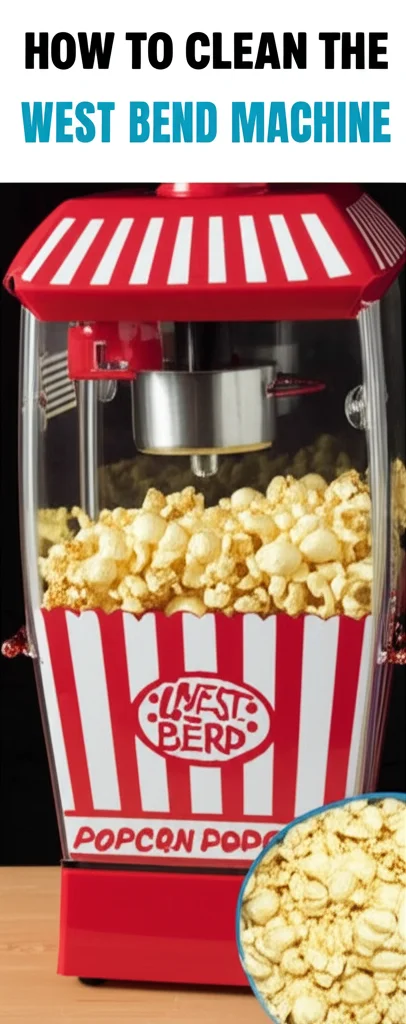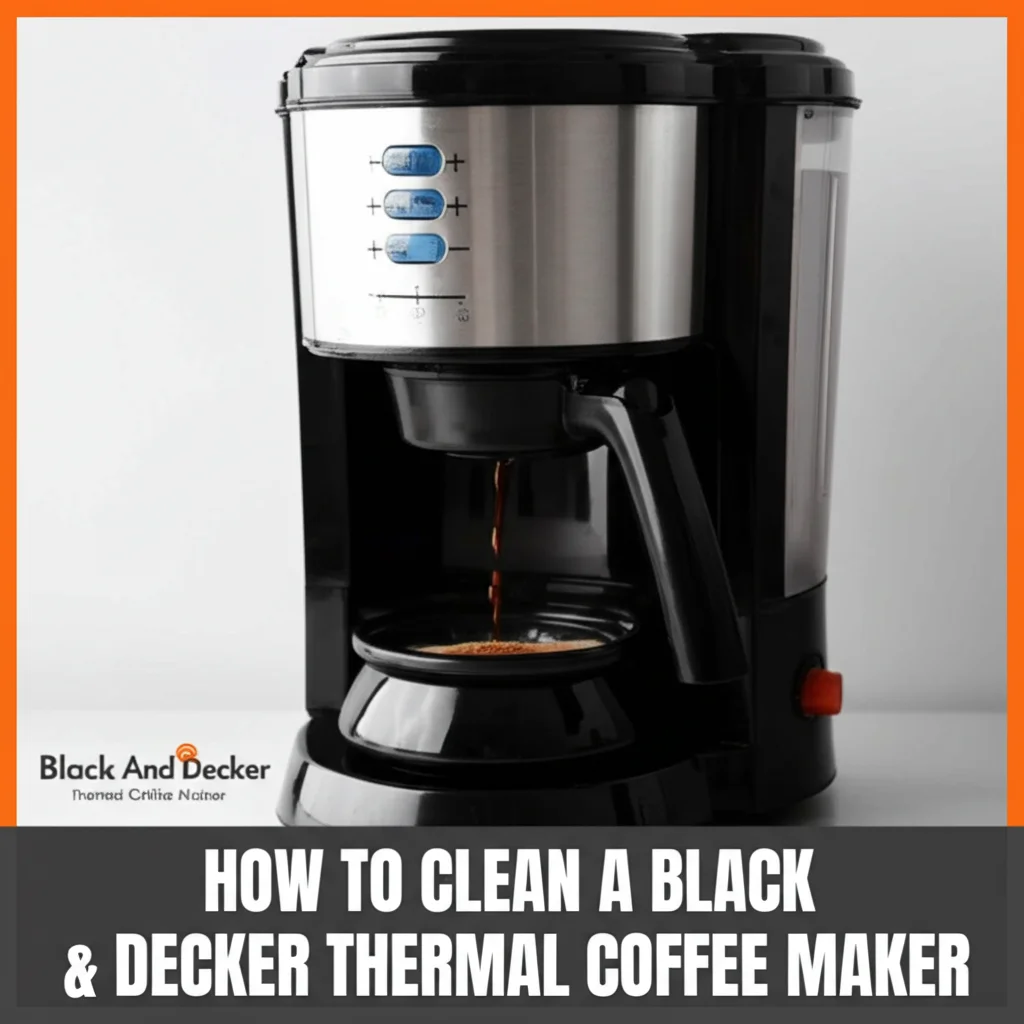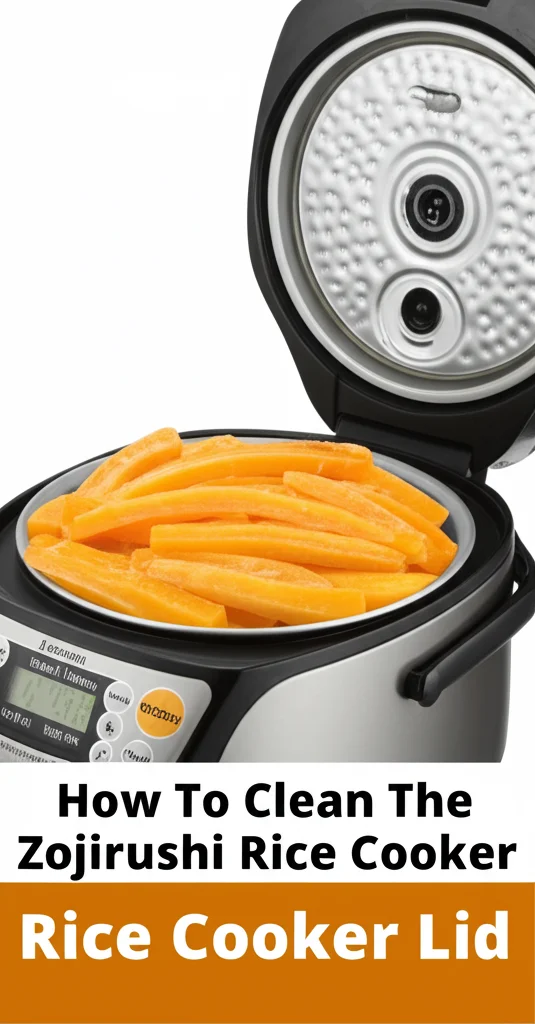· Kitchen Appliances · 6 min read
How To Clean The Miele Coffee Machine?

Keeping Your Brew Beautiful: How To Clean Your Miele Coffee Machine
Do you love waking up to the aroma of freshly brewed coffee from your Miele machine? A consistent, flavorful cup relies on more than just quality beans – it depends on a clean machine! Regular cleaning isn’t just about taste; it’s about extending the life of your investment and ensuring hygienic operation. This article will guide you through everything you need to know about how to clean a Miele coffee machine, from daily rinses to deep cleaning cycles. We’ll cover all the essential steps to keep your Miele brewing perfection for years to come. Let’s dive in and learn how to maintain your beloved coffee companion.
Quick Answer: To clean a Miele coffee machine, regularly empty the drip tray and grounds container. Run the cleaning and descaling programs as indicated by the machine, using Miele’s recommended cleaning and descaling tablets. Clean removable parts with warm, soapy water.
Takeaway:
- Empty the drip tray and grounds container daily.
- Use Miele’s cleaning and descaling tablets for optimal results.
- Follow the machine’s prompts for cleaning and descaling cycles.
- Regular cleaning extends the life of your machine and improves coffee taste.
Why Cleaning Your Miele Coffee Machine Matters
Think of your Miele coffee machine like any other kitchen appliance – it needs regular care to function at its best. Coffee oils, mineral deposits from water, and milk residue can build up over time, impacting the flavor of your coffee and potentially damaging the internal components. A clean machine ensures a consistently delicious brew, prevents malfunctions, and maintains optimal performance. Ignoring cleaning can lead to bitter-tasting coffee, slow brewing times, and eventually, costly repairs.
Here’s a breakdown of why each cleaning step is important:
- Removing Coffee Oils: Coffee oils become rancid, leading to a bitter taste.
- Descaling: Mineral buildup restricts water flow and heats up slower.
- Preventing Mold & Bacteria: Milk residue is a breeding ground for unwanted microorganisms.
Daily & Weekly Maintenance: The First Line of Defense
Consistent, small cleaning tasks make a huge difference in the long run. These daily and weekly habits prevent major buildup and keep your Miele coffee machine running smoothly. Don’t underestimate the power of these simple steps!
Emptying the Drip Tray and Grounds Container
This is the most frequent task. Empty the drip tray and grounds container after every use or at least daily. Leftover liquids can overflow, and accumulated grounds can harbor bacteria. Simply remove the components, discard the contents, rinse with warm water, and dry thoroughly before replacing.
Cleaning Removable Parts
Weekly, take a little extra time to clean the removable parts. This includes the brew unit, milk containers (if applicable), and any other detachable components. Wash these parts with warm, soapy water, rinse thoroughly, and allow them to air dry completely before reassembling. Avoid abrasive cleaners, as they can damage the surfaces.
Wiping Down the Exterior
Don’t forget the outside of your machine! Wipe down the exterior with a damp cloth to remove any spills or splatters. This keeps your kitchen looking clean and prevents sticky residue from building up.
Deep Cleaning: Running the Miele Cleaning Programs
Miele coffee machines are designed with automatic cleaning and descaling programs. These programs are essential for removing internal buildup and maintaining optimal performance. Always use Miele’s recommended cleaning and descaling tablets for the best results.
The Cleaning Program
The cleaning program removes coffee oils and residue from the internal brewing system. Your Miele machine will indicate when it’s time to run this program, usually based on the number of brews. Follow the on-screen instructions, which typically involve adding a cleaning tablet to the water container and starting the program. This process usually takes around 30-60 minutes.
The Descaling Program
Descaling removes mineral deposits (calcium and lime) that accumulate from hard water. Like the cleaning program, your Miele machine will prompt you when descaling is needed. Add the descaling tablet to the water container, following the machine’s instructions, and initiate the descaling program. This process can take longer than the cleaning program, often around 60-90 minutes. After descaling, it’s important to rinse the system thoroughly by running several brewing cycles with fresh water.
Understanding Program Indicators
Pay attention to the indicator lights on your Miele coffee machine. These lights will tell you when it’s time to clean, descale, or refill the water container. Ignoring these indicators can lead to reduced performance and potential damage.
Cleaning Specific Miele Coffee Machine Models
While the general principles remain the same, cleaning procedures can vary slightly depending on your specific Miele model. Here’s a quick overview for some popular models:
- CM 5500 Series: This series features automatic rinsing and cleaning programs. Follow the on-screen prompts for optimal results.
- CM 6350 Series: This model has a dedicated milk system cleaning program, essential for machines that brew milk-based beverages.
- CM 7750 Series: This high-end model offers advanced cleaning options and detailed instructions on the display.
Troubleshooting Common Cleaning Issues
Sometimes, even with regular cleaning, you might encounter issues. Here are some common problems and how to address them:
- Machine Indicates “Clean” or “Descale” Even After Running Program: Ensure you’re using genuine Miele cleaning and descaling tablets. Also, check the water hardness setting on your machine – an incorrect setting can affect the frequency of descaling prompts.
- Slow Brewing Time: This is often a sign of mineral buildup. Run the descaling program again.
- Bitter-Tasting Coffee: Run the cleaning program to remove coffee oils.
- Milk System Issues: If you’re experiencing problems with milk frothing or dispensing, run the milk system cleaning program and ensure all milk containers are thoroughly cleaned.
Frequently Asked Questions (FAQs)
Q: How often should I descale my Miele coffee machine?
A: The frequency of descaling depends on your water hardness. Miele machines will indicate when descaling is needed, but generally, you should descale every 2-3 months with soft water and more frequently with hard water.
Q: Can I use vinegar to descale my Miele coffee machine?
A: No, it’s not recommended. Vinegar can damage the internal components of your machine. Always use Miele’s recommended descaling tablets.
Q: How do I clean the milk frother on my Miele coffee machine?
A: Most Miele machines have a dedicated milk system cleaning program. Follow the on-screen instructions, which typically involve rinsing the milk frother with water and running the cleaning cycle.
Q: What should I do if my Miele coffee machine is still dirty after running the cleaning program?
A: Ensure you’re using the correct amount of cleaning tablet and that the water container is filled to the appropriate level. If the problem persists, contact Miele customer support.
Q: Is it safe to put the Miele coffee machine parts in the dishwasher?
A: Check your machine’s manual. Some parts are dishwasher-safe, while others should be hand-washed to avoid damage.
Enjoying Years of Delicious Coffee
Cleaning your Miele coffee machine isn’t a chore; it’s an investment in your daily enjoyment. By following these simple steps, you can ensure your machine continues to brew delicious, high-quality coffee for years to come. Remember to prioritize regular maintenance, use Miele’s recommended cleaning products, and pay attention to the machine’s indicator lights. A little care goes a long way in keeping your Miele coffee machine performing at its best. Now, go enjoy that perfect cup of coffee!
If you’re looking for ways to keep the rest of your home sparkling, check out our guide on https://www.beacleaner.com/how-to-clean-vinyl-plank-flooring/ to learn about maintaining beautiful floors.




